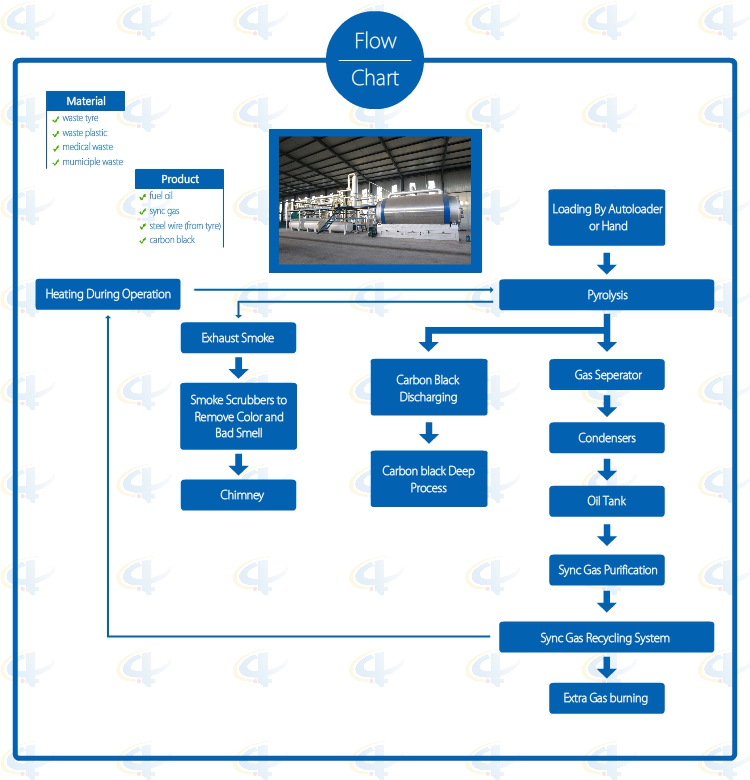You can use the original seat belt anchorage on your car. The equivalent position of the seat belt fixing point. The angle between the shoulder strap towards the back of the seat and the horizontal line of the seat shoulder shall not be greater than 45 degrees, and the maximum angle with the center line of the seat shall be 20 degrees (dispersion or convergence). Make use of the manufacturer's original fixed point as much as possible. Seat belts should not be installed in seats without a headrest or in seats with non-adjustable headrests (with no gaps between the backrest of the seat and the headrest). If the shoulder straps are cross-fixed behind the seat, the shoulder straps must pass from both sides of the headrest pillars. Conversely, if the shoulder strap does not form a cross behind the seat, the shoulder strap must pass between the two pillars of the head restraint. If bucket seats are used, the waist belts or crotch seat belts should pass through the hole in the lower part of the seat and should not be used outside the edge of the seat to maximize the rider's pelvis. It must be noted that the waist or crotch seat belts will not be damaged by friction when passing through the seat with holes. If it is not possible to install a shoulder belt at the original fixing point, the belt can be mounted on an additional lateral support bar and secured by a winding method or bolts. If bolted, the insert part of the bolt body must be welded to the fixing point. Where there is a new installation point on the car body, a reinforcement plate must be used at this installation point. Its area is at least 40 cm2 and its thickness is at least 3 mm. Use of safety belts It is not allowed to change the working structure of the seat belt. In the event of a serious collision or rollover incident, the safety belt must be replaced. If the seat belt is broken, bulged or loosely deformed due to chemical action or sunlight, the seat belt must be replaced. If the seatbelt metal connection member is bent, deformed or rusted, the seatbelt must be replaced. When the use of the seat belt is not good, the seat belt must be replaced. If a non-IFA registered seat belt is used, its thickness is not less than 1.5 mm and the width is not less than 50 mm.
Pyrolysis Plant is used for recycling waste tire, waste plastic, waste rubber to fuel oil. According to the actual situation in every country and district, we developed different models of Batch Pyrolysis Plants for waste tires, rubber and plastic with daily capacity 5 -10 tons.
Flowchat of Batch Waste Tyre Pyrolysis Plant
Advantages of Batch Waste Tyre Pyrolysis Plant
1. Full open door design: Speedy loading in and steel pulling out; Easily cooling down after one batch finished, saving time; No leaking with special high temperature flexible graphite packing.
2. Unique Craft Condensers: High condensing efficiency with more oil output. Good quality oil, longer lifetime, and easy to clean.
3. National Patent Unique Smoke Scrubbers: More efficient removal of the acid gas and dust of the smoke by neutralization, purification and absorption, environmental friendly without pollution.
4. National Patent Carbon Black Discharging System: Speedy fully enclosed Auto-discharging under high temperature, avoiding carbon black pollution, saving time.
5. Automatic Submerged welding technology, ultrasonic nondestructive testing, both manual and the automatic safety devices.
6. Sync Gas Recycling System: Fully burned after recycling and utilization, saving fuel and preventing pollution.
7. Direct Heating System: Enlarging heating square to lengthen the lifespan of the reactor and easy to control the temperature.
8. National Patent, unique heat insulation shell; high efficiency temperature keeping, excellent energy-saving effect.
Technical Parameter of Batch Waste Tyre Pyrolysis Plant
NO.
ITEM
PROJECT
1
Equipment Model
XY-7
XY-8
2
Door Model
Full Open Door
Full Open Door
3
Suitable Raw Materials
Rubber/Plastic Products
Rubber/Plastic Products
4
Structure
Horizontal Type Revolves
Horizontal Type Revolves
5
Reactor Size
Φ2200*6000mm Φ2600*6600mm
Φ2200*6000mm Φ2600*6600mm
6
Capacity for One Batch
5-6Mt; 8-10Mt
5-6Mt; 8-10Mt
7
Oil Yield of Tires
40%-45%
40%-45%
8
Work Pressure
Normal Pressure
Normal Pressure
9
Reactor Rotation Speed
0.4R/M
0.4R/M
10
Fuels Choice
Coal, Wood
Coal, Wood, Gas, Oil
11
Power
18KW/H
18-25KW/H
12
Cooling Method
Water Cycling
Water Cycling
13
Type of Drive
External Annular Gear
External Annular Gear
14
Heating Method
Direct
Direct
15
Type of Installation
With Foundation
With Foundation/Integrated Base
16
Noise dB(A)
≦85
≦85
17
Operation Mode
Intermittent Operation
Intermittent Operation
18
Total Weight(MT)
25-40
25-40
19
Installation Space Required
30m*10m
30m*10m
20
Manpower
3~4/batch
3~4/batch
21
Shipment
Ф2200×6000=1*40HC+1*40FR
Ф2600×6600=2*40HC+1*40FR
Ф2200×6000=1*40HC+1*40FR
Ф2600×6600=2*40HC+1*40FR
Waste Plastic Pyrolysis Plant Waste Plastic Pyrolysis Plant,Plastic Pyrolysis Plant,Pyrolysis Of Plastic,Waste Plastic Pyrolysis Oil Plant Shangqiu Jinpeng Industrial Co., Ltd. , http://www.recyclingthewaste.com
installation


Standard installation and use of safety belts
The seat belt includes two shoulder straps and one waist belt. The fixed point of the seat belt is two belts, two shoulder belts or one behind the backrest of the seat, and one symmetrical to the center line of the backrest. The seat belt used must meet the technical standards of the FIA ​​8854/98 or 8853/98. The seat belt must be fitted with a snap release system or a twist release system.